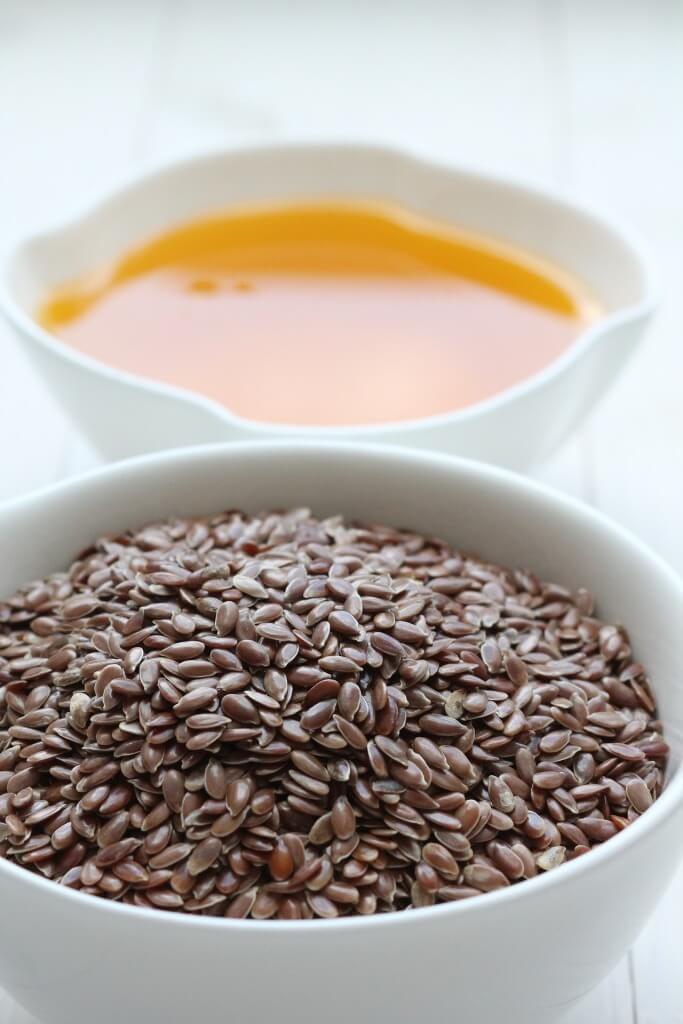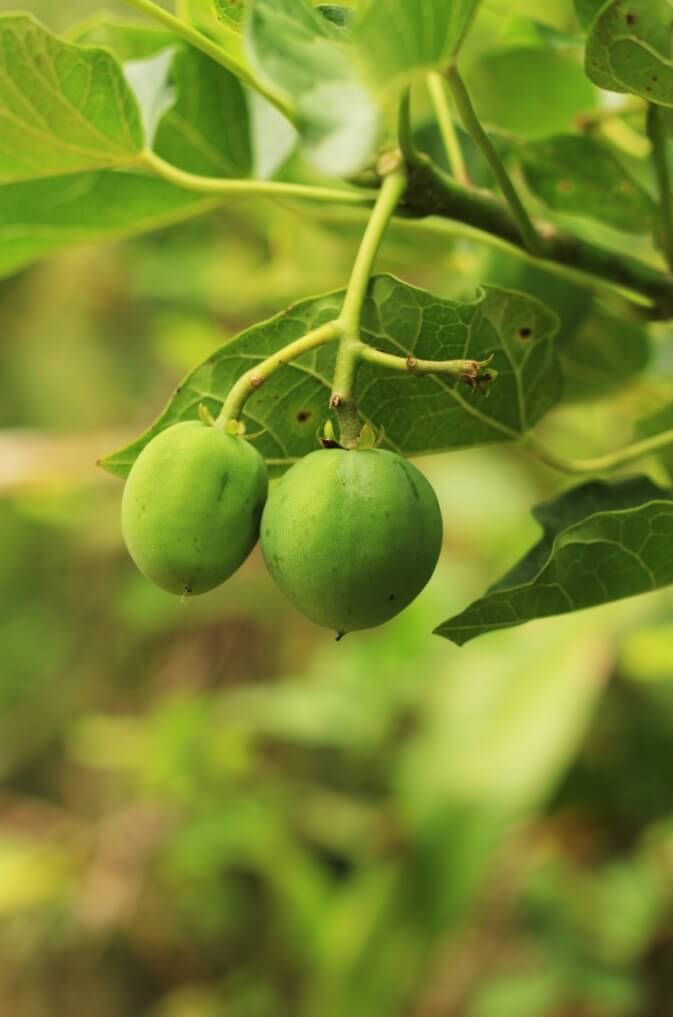What is Binder in Paint?
Binder is one of the major components of paint. It is also known as a vehicle. It is oil to which the base (solid powder like substance) is mixed. It is the liquid substance which holds the paint’s other component together i.e. colour pigment, base, extender etc. & also binds it to the surface that is to be painted. It simply means it provides the durability, toughness & water proof-ness to the paint. It also helps to spread the paint ingredients uniformly over the surface to be painted.
Types of Binder:
The commonly available binders or vehicle are linseed oil, tung oil, poppy oil, nut oil.
Linseed oil:
It is extensively used as vehicle or binder for all most all ordinary painting works. It is extracted from fine full grown ripe flax seeds (alsi seeds).When linseed oil is prepared it is usually clear, transparent, pale, sweet to the taste and practically odourless. The drying of the oil takes place on account of evaporation however, when exposed to air it get oxidised. It is available in market in various grades as following:

Raw Linseed oil:
It is thin and pale in colour, transparent, sweet in taste and has very little smell. When exposed to the air it becomes hard and stiff. When raw linseed oil spread in a thin film it looks like varnish. Raw linseed oil when mixed with drier can be used, where the original colour and grain of wood needs to be preserved or for delicate & interior works.
Note: It dries very slowly and is used for works not exposed to weather.
Boiled Linseed Oil:
The drawbacks of slow drying of raw linseed oil can be overcome by boiling the raw linseed oil. During the process of boiling driers i.e., red lead and litharge are added to the raw oil. Boiled linseed oil becomes thicker, dark in colour and also dries up quicker than the raw linseed oil. However, boiled linseed oil is inferior in terms of elasticity & power of penetration than the raw linseed oil.
Pale Boiled Linseed oil:
It is similar to boiled linseed oil, however, the only difference is that it is not dark in colour. It is most suitable for painting on plastered surfaces.
Double Boiled Linseed oil:
The colour & transparency is exactly similar to the raw linseed oil. However, it smells slightly different. It has quick drying properties so gives better result on either plastered surface or metal surface.
Note: it usually requires a thinning agent like turpentine.
Tung Oil:
It is extracted by pressing the seeds from the nut of the tung tree (vernicia fordii). Tung oil gets hardened when exposed to air and resulting in transparent film. It is far superior to linseed oil and is used for preparing paints of superior quality.
Poppy Oil:

This oil is extracted from poppy seeds. It is used for very delicate colours. It is expensive and mainly used for internal painting of light shades. It dries slowly and its colours are long lasting.
Nut Oil:
Nut oil is a cheap vehicle (binder) and extracted from ordinary walnuts. It is nearly colourless, less durable and dries rapidly. It is used as vehicle for white or light-coloured paints.
All these paints using some oil as their vehicle or binder all therefore named as oil paints.


